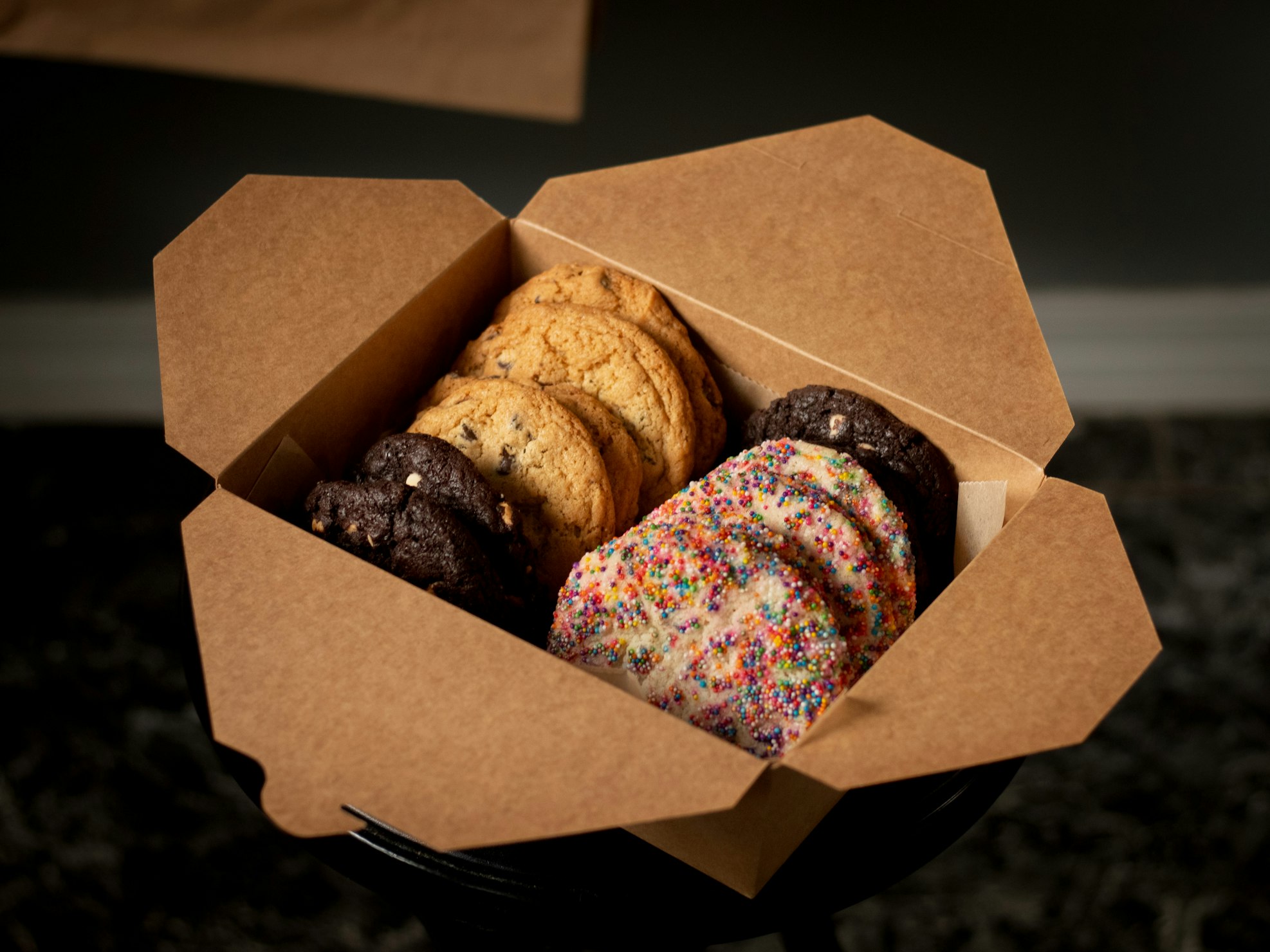
The Rich History of Stroopwafels
From humble beginnings in 19th century Gouda to worldwide fame
Introduction
A stroopwafel (originally called siroopwafel) is a waffle of Dutch origin, which is enjoyed not only in the Netherlands but worldwide. The product consists of two round dough waffle halves with a diamond pattern, between which sweet syrup is applied.
Originally, stroopwafels had a diameter of approximately 10 centimeters, but they are now available with diameters ranging from 5 to 25 centimeters. Stroopwafels are also incorporated into ice cream and other delicacies.
Quick Facts
- Country:The Netherlands
- Region:Gouda, South Holland
- Main ingredients:Flour, butter, sugar, syrup, yeast, milk, eggs
- Serving temperature:Between 18°C and 40°C
- Energy:562 kilojoules (134 kcal) per waffle
- Variants:Punseliewafel, Adéko waffle, Kniepertie
Preparation
The preparation of stroopwafels is a meticulous process that has been refined over centuries:
- Dough preparation: The dough is made from flour, butter, sugar, yeast, milk, and eggs, kneaded until it reaches the perfect consistency.
- Baking: A piece of dough is placed in a hot waffle iron and baked for precisely one minute. This timing is crucial as it prevents the waffle from being completely cooked, keeping the inside soft.
- Cutting: The waffles are then cut into a round shape and sliced horizontally while still warm.
- Filling: One half of the cut waffle is spread with the warm syrup mixture (typically made from sugar, butter, and cinnamon), after which the other half is placed on top.
- Cooling: The assembled stroopwafel is allowed to cool, during which time the syrup sets slightly but remains gooey.
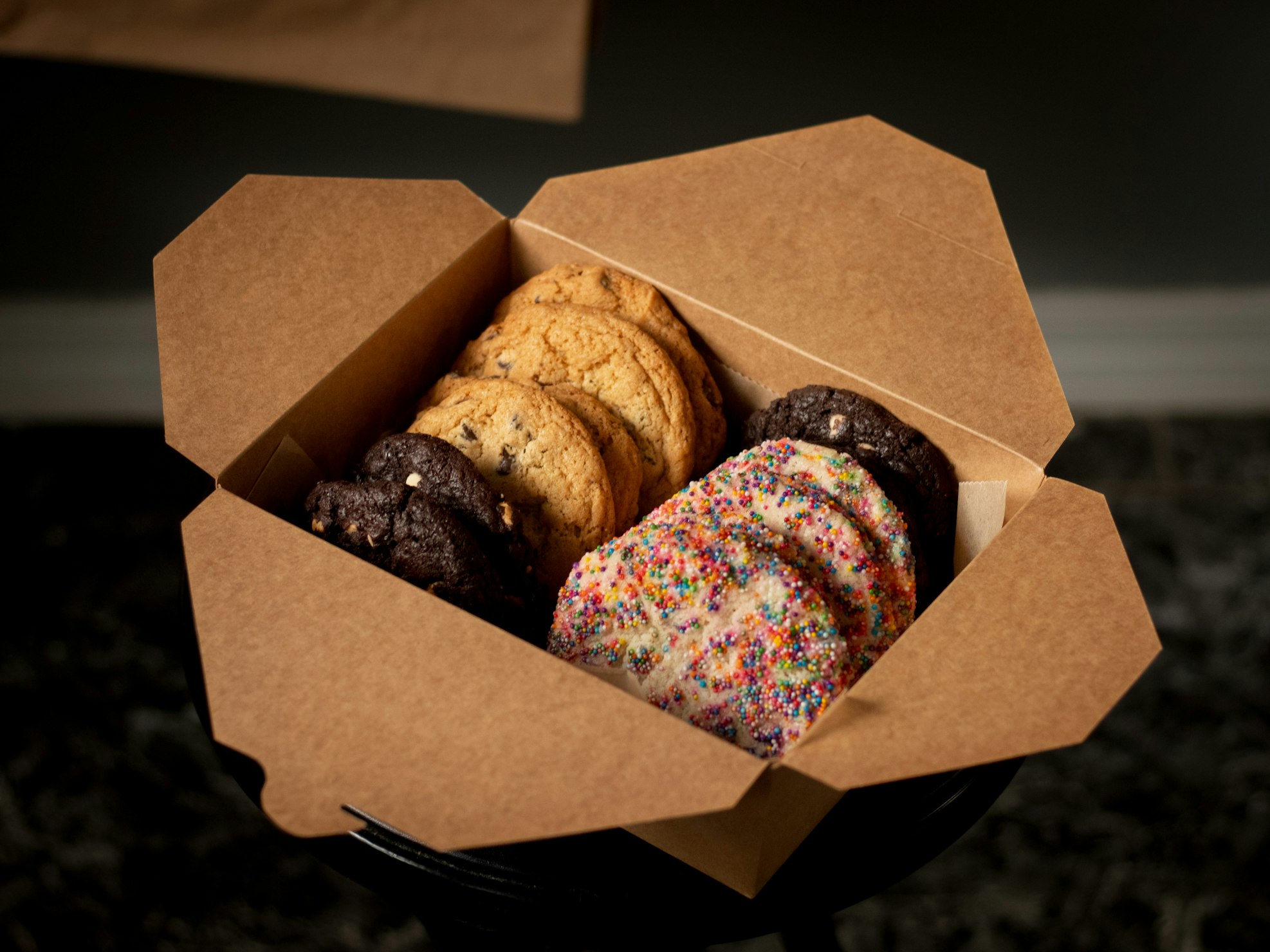
Did You Know?
The crumbs from the cut edges (also called "scraps") and failed cookies are not wasted! They are often sold in bags as a budget-friendly treat or used in other recipes.
Traditionally, stroopwafels are enjoyed with coffee or tea. The waffle is placed on top of the hot drink, allowing the steam to warm the waffle and soften the syrup inside, creating the perfect texture and enhancing the flavors.
Historical Timeline
The stroopwafel has a rich history dating back to the early 19th century in the Dutch city of Gouda. While the exact origins are somewhat shrouded in mystery, we can trace its evolution through historical records.
Early 19th Century
The stroopwafel was first made in Gouda, South Holland. Various sources mention the Kamphuisen bakery as the first stroopwafel bakery, established in Gouda at the beginning of the 19th century. However, the exact date when they started making stroopwafels is unknown.
1837
The establishment of the Goudsche Siroopfabriek (Gouda Syrup Factory) provided a reliable source of syrup for local bakers.
1853
The first gas factory was established in Gouda, providing the consistent heat source needed for stroopwafel production. Historian De Korte suggests that the first stroopwafels were likely made a few years after this date.
1864
According to historian Scheygrond, a baker named Adriaan de Groot was the first to use the syrup waffle iron. His company was later continued by Wever, who also took over the recipe.
1870 Onwards
Gouda stroopwafels began to be produced not only in Gouda but also in other parts of the Netherlands, marking the beginning of their spread throughout the country.
19th Century
During this period, stroopwafels were made from leftover ingredients and were therefore very cheap. They were sometimes called "poor biscuits" due to their affordability, though historian De Korte doubts this account as he hasn't found the addition of biscuit scraps in any old recipes.
1939
The adéko waffle was invented by Gouda pastry chef Abraham de Korte. Named after his initials, this variant was baked in an oven rather than a waffle iron, reducing labor costs.
1945
The punseliewafel, a smaller version of the stroopwafel, was created by Gouda baker Bertus Punselie.
1960
Gouda had seventeen stroopwafel factories, showing the popularity and commercial success of the treat.
2000
The number of stroopwafel factories in Gouda had decreased to four, reflecting industry consolidation and modernization.
21st Century
Stroopwafels gained international popularity, becoming available in supermarkets worldwide and even being served on international flights. They have become one of the most recognized Dutch treats globally.
2024
At the end of August 2024, the Gouda stroopwafel manufacturer Punselie closed its doors after nearly 80 years in business, marking the end of an era for one of the traditional producers.
Why is the exact origin unclear?
According to historian Schrijvers, there are three main reasons why it cannot be determined with certainty when the first stroopwafel was baked in Gouda:
- The guilds had been abolished, which meant that there was no product registration.
- Bakers were individual entrepreneurs, and there were no legal disputes about the manufacture of the stroopwafel that needed to be settled and therefore recorded.
- There was no local newspaper in that period in which advertising could be done.
Variants
Over the years, several variations of the traditional stroopwafel have been developed, each with its own unique characteristics and history.
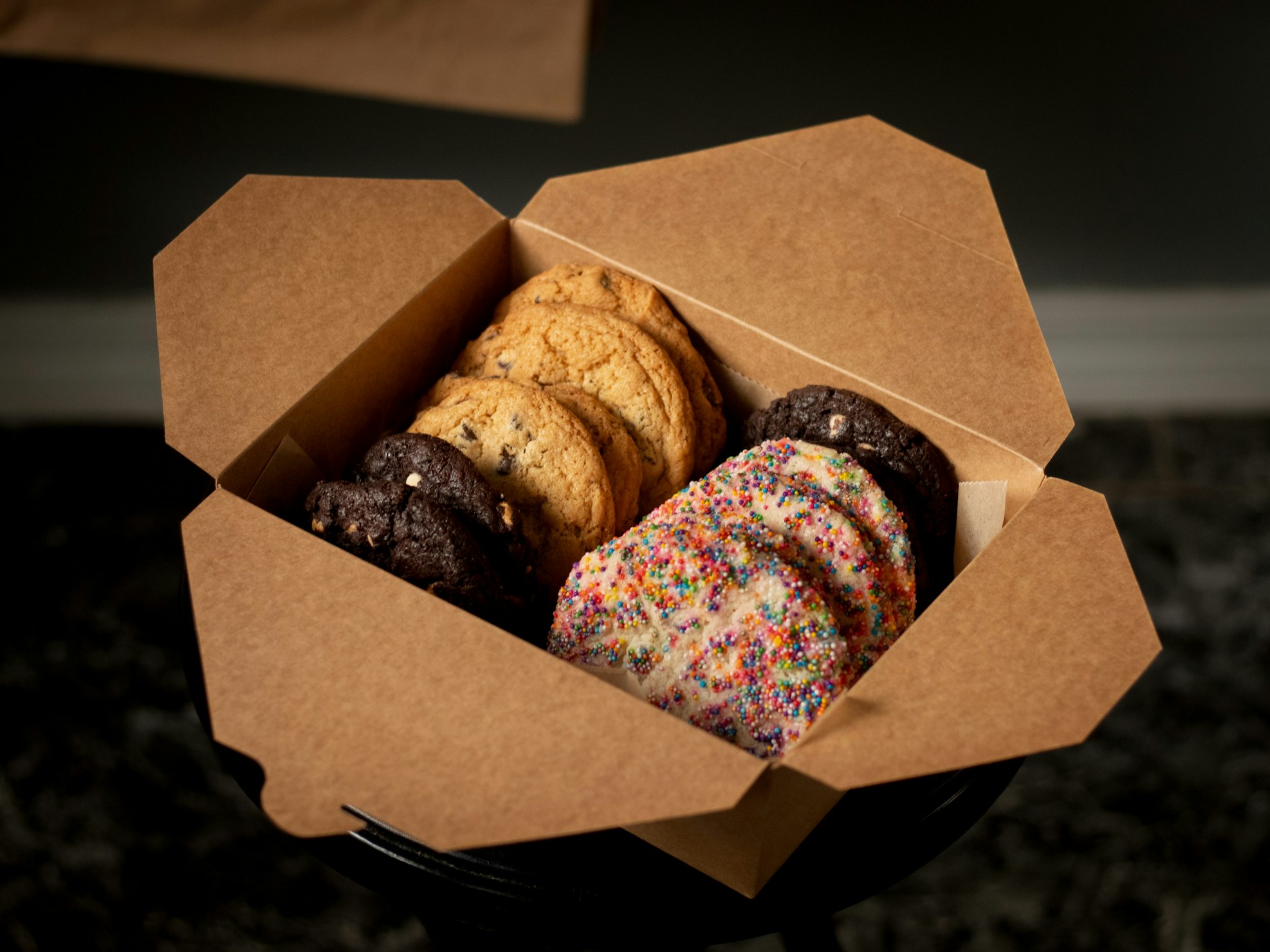
Punseliewafel
The punseliewafel is a smaller version of the stroopwafel and was named after its inventor, the Gouda baker Bertus Punselie who started producing it in 1945.
Unfortunately, at the end of August 2024, the Gouda stroopwafel manufacturer Punselie closed its doors after nearly 80 years in business.
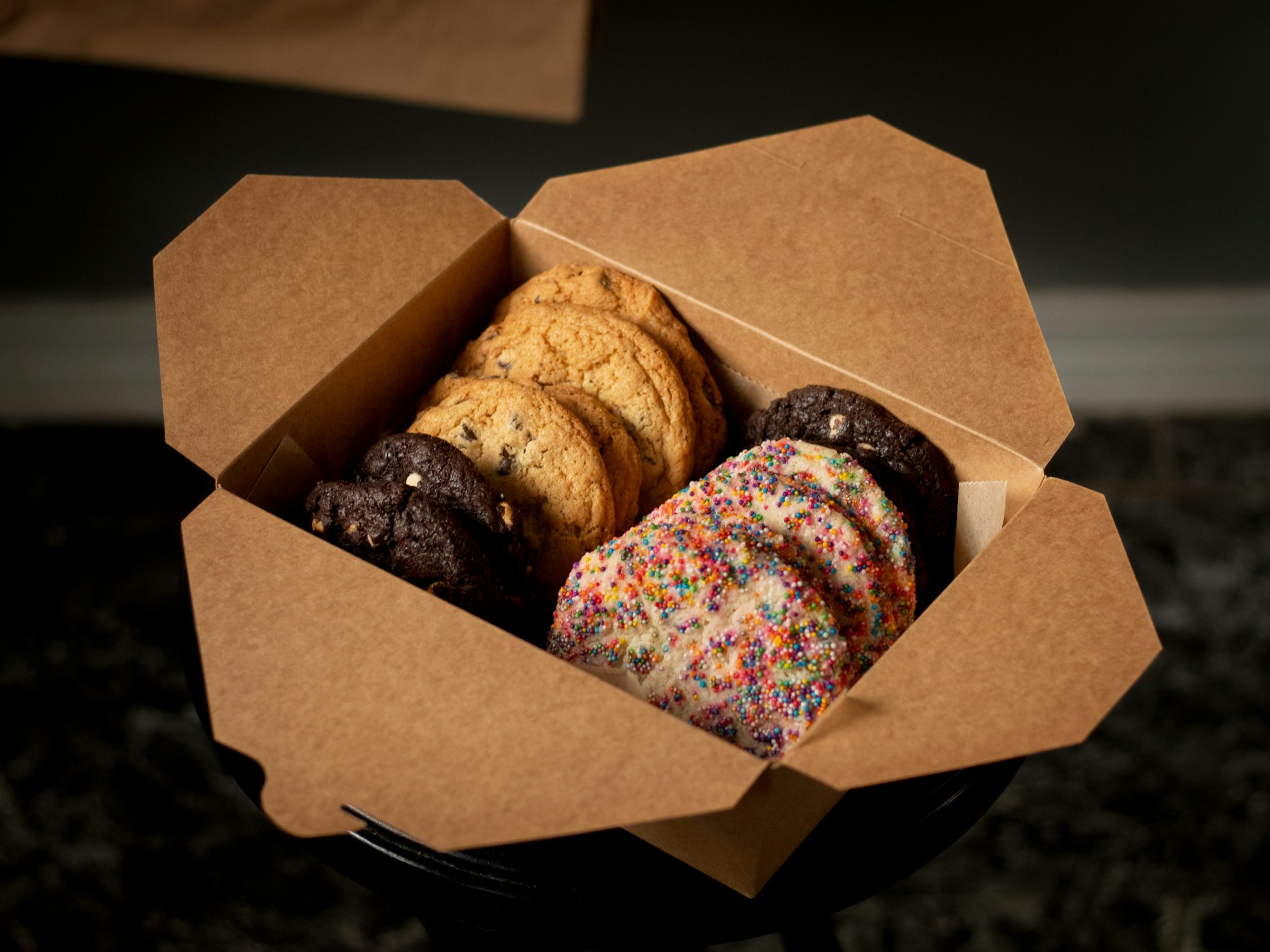
Adéko Waffle
The adéko waffle was invented in 1939 by the Gouda pastry chef Abraham de Korte. The name "adéko" refers to his initials (A. de K.).
This waffle was no longer baked in a waffle iron, but in an oven, which significantly reduced labor costs. De Korte was tragically shot by the Germans in April 1945, but his company was continued by his two sons.
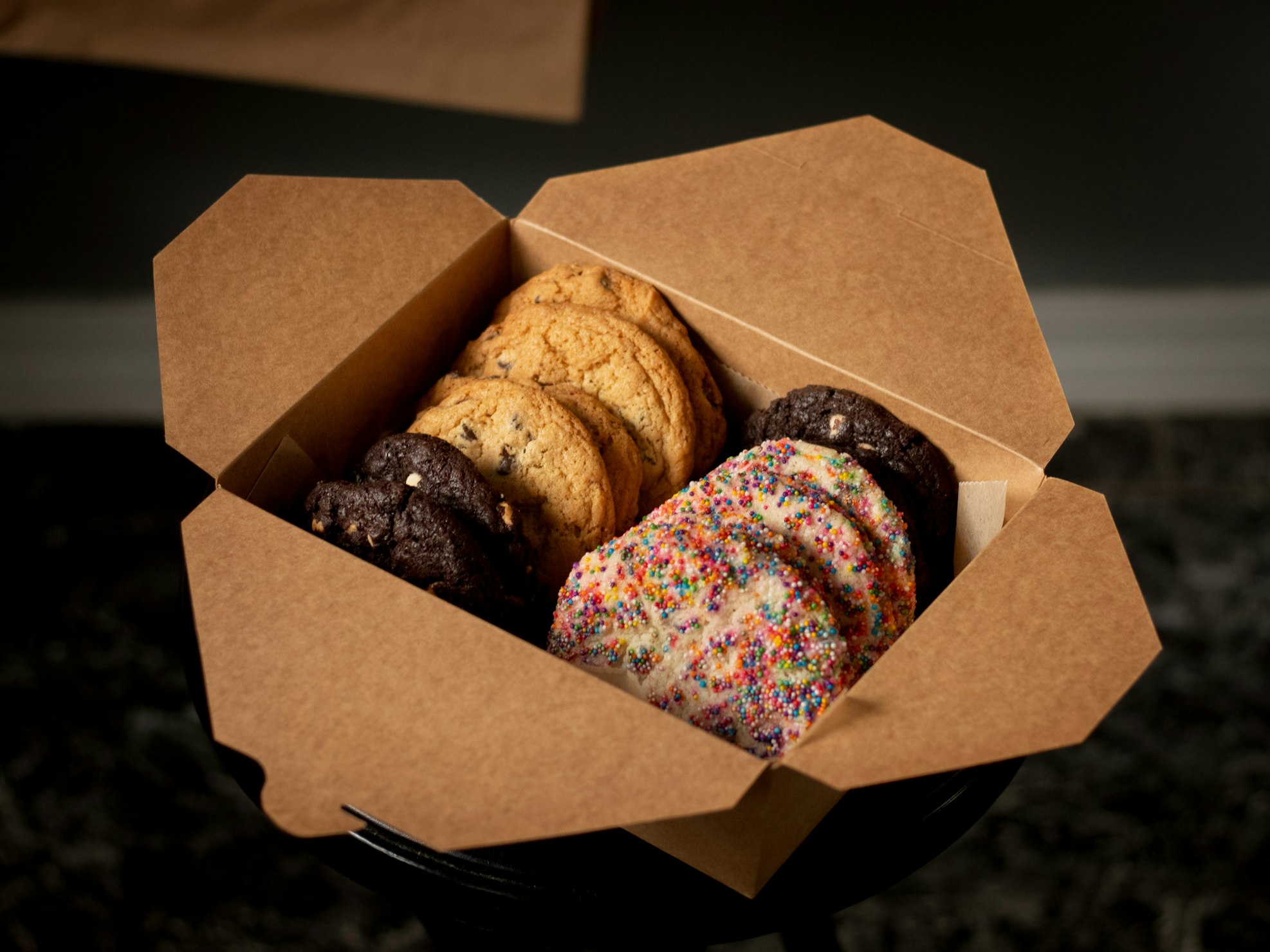
Kniepertie
The kniepertie is a waffle without syrup, popular in the northern and eastern parts of the Netherlands. They are traditionally eaten around New Year's Eve and are rolled into cylinders to symbolize the completion of the year.
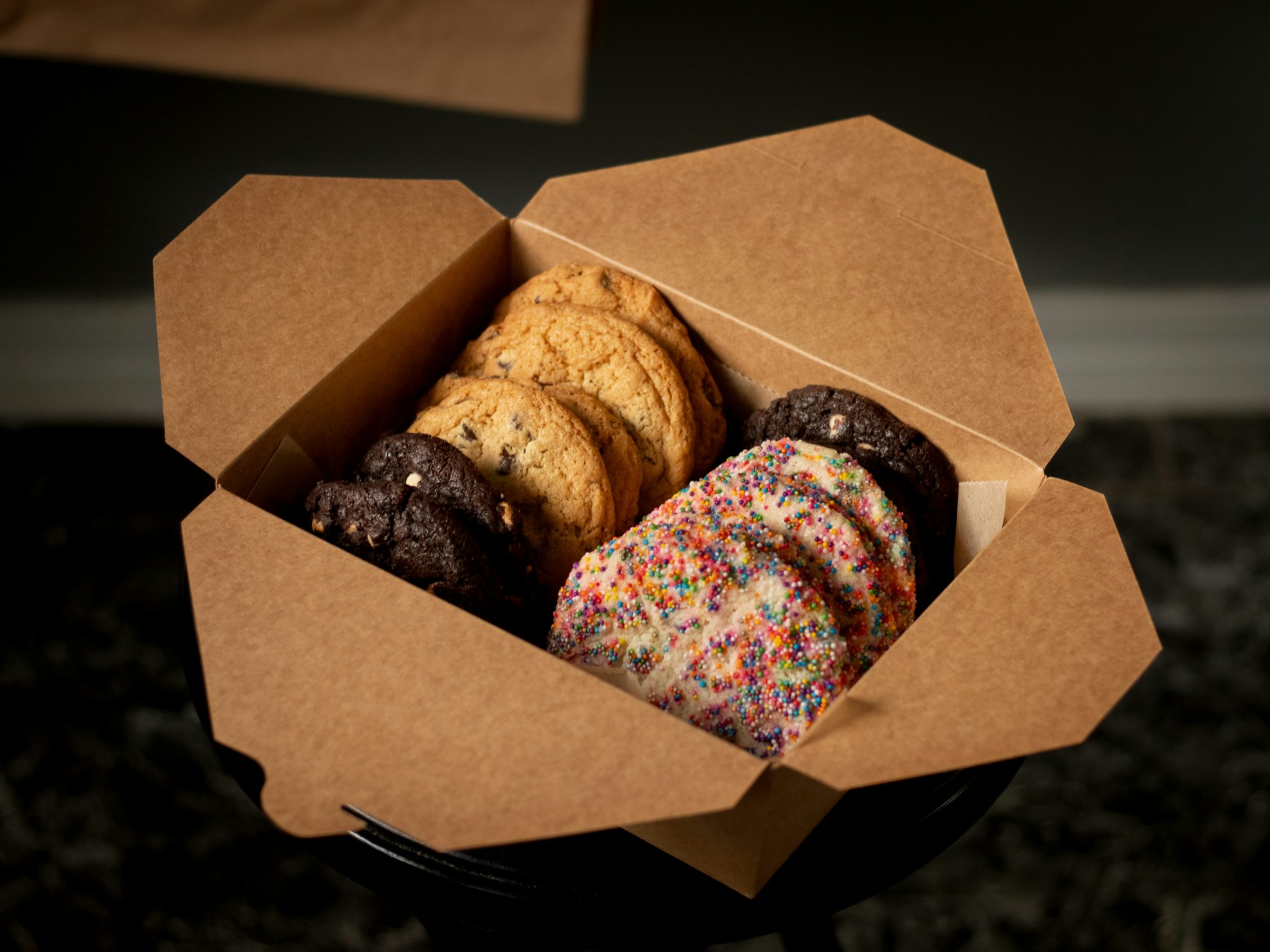
Lackmans Waffles
In various regions of Belgium, Lackmans waffles filled with candy syrup can be found at fairs. These are similar to stroopwafels but have their own distinct regional characteristics and preparation methods.
Modern Innovations
In recent years, creative bakers and chefs have developed numerous modern variations of the stroopwafel:
- Chocolate-dipped stroopwafels
- Stroopwafel ice cream sandwiches
- Stroopwafel-flavored liqueurs
- Stroopwafel cheesecake
- Gluten-free and vegan alternatives
- Stroopwafel-inspired coffee and tea flavors
Gallery
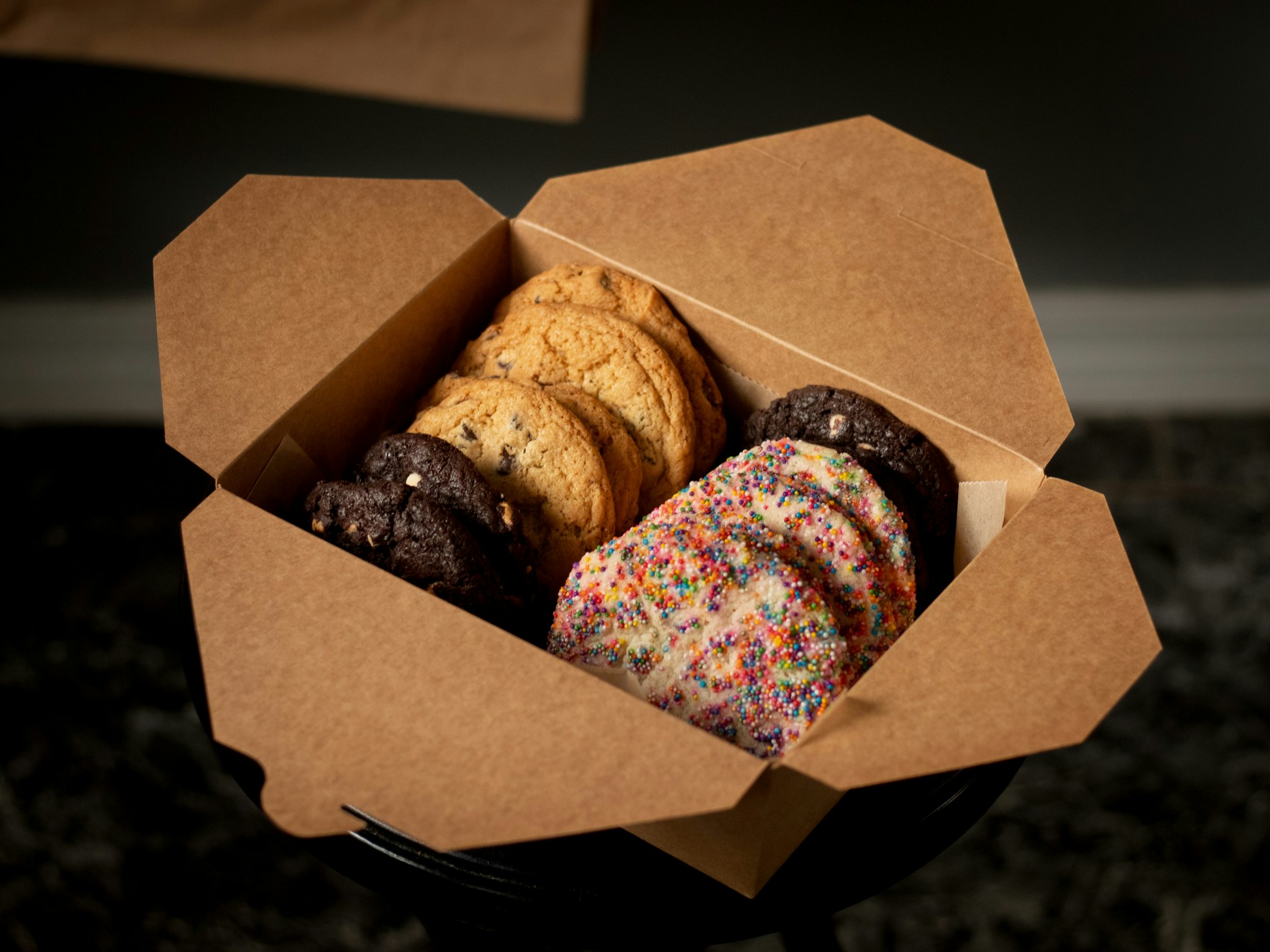



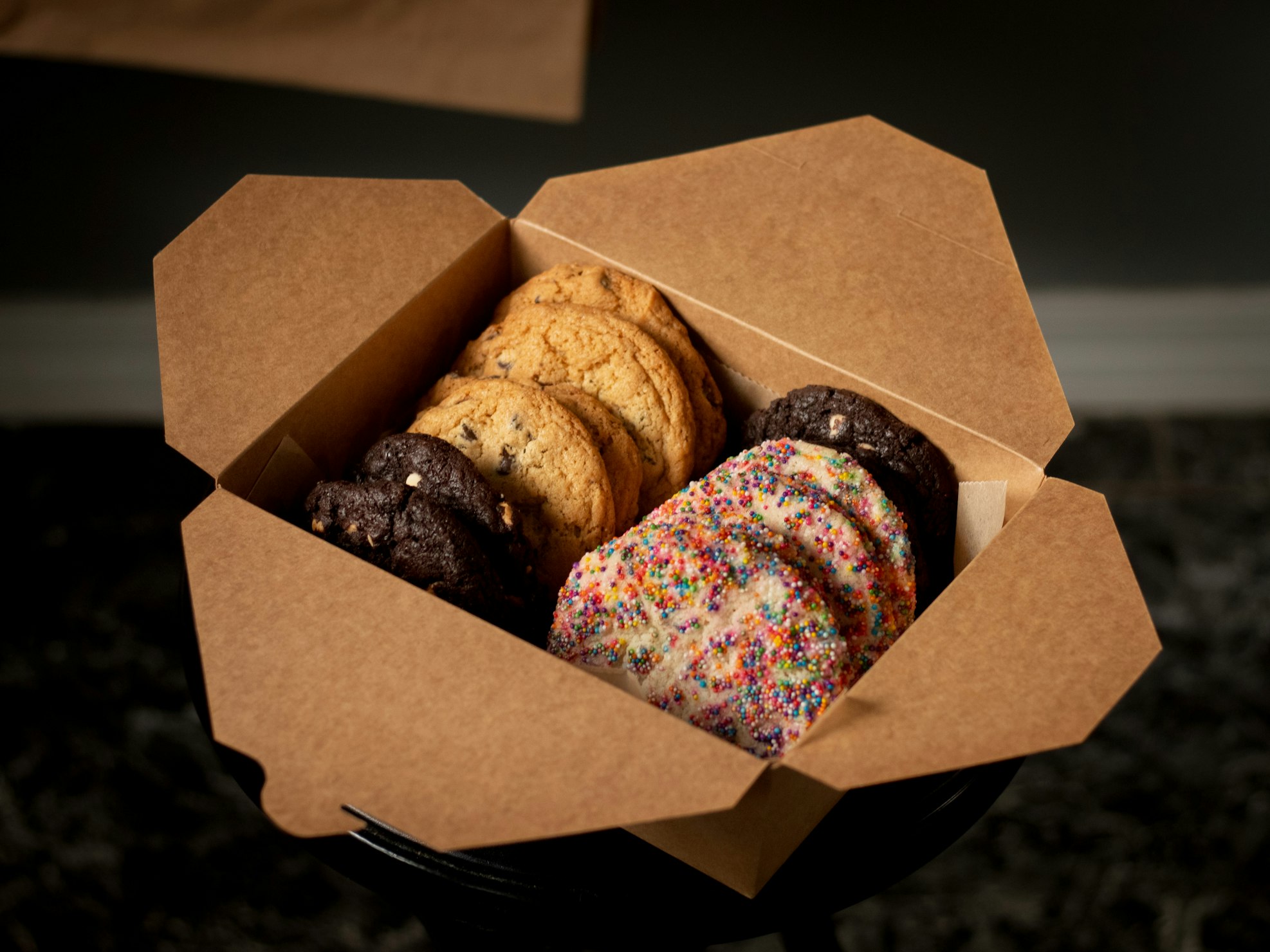

Experience Stroopwafels in Amsterdam
Want to taste authentic stroopwafels and learn more about their history?
Explore Our Stroopwafel Map